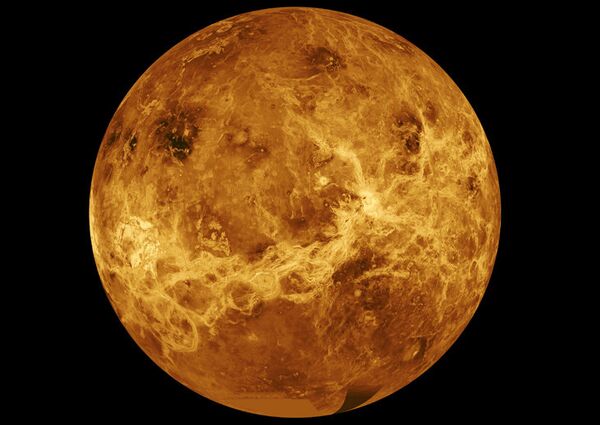Harvard astronomer Laura Schaefer, who led the research at the Harvard-Smithsonian Center for Astrophysics, explained that the planet is very hot because it orbits its star at a distance of just 1.4 million miles (2.25 million km).
GJ 1132b takes just 1.6 days to circle its star, and it has a temperature of around 250 degrees Celsius.
"On cooler planets, oxygen could be a sign of alien life and habitability. But on a hot planet like GJ 1132b, it's a sign of the exact opposite — a planet that's being baked and sterilized," Schaefer said.
"This planet might be the first time we detect oxygen on a rocky planet outside the solar system," said Professor Robin Wordsworth, co-author of the research paper.
The scientists believe that GJ 1132b might have started with a steamy, water-rich atmosphere. Their research might help astronomers to understand the evolution of Venus, which is about 108 million km from our Sun (the Earth is about 150 million km away) and has an average temperature of 450 degrees Celsius.




